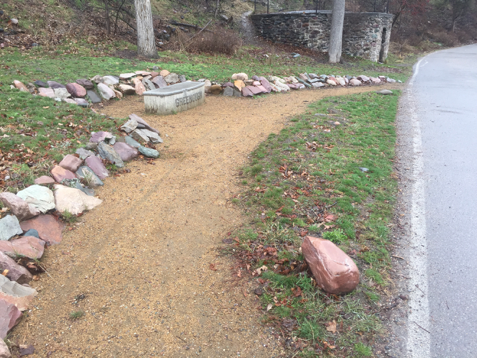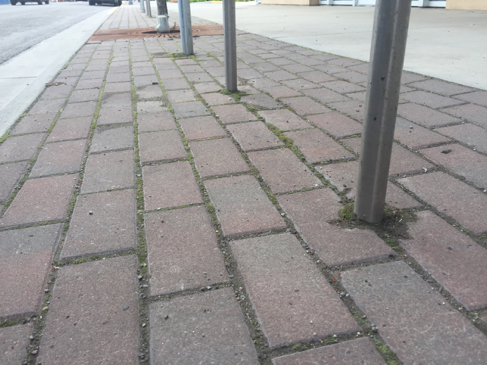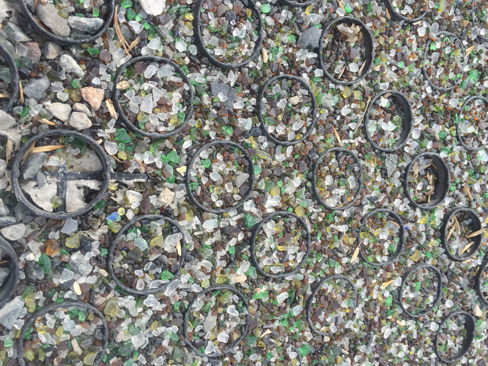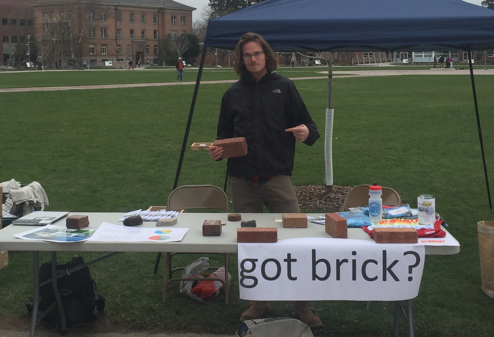My name is Tom Donahue. I’m combining studies of Resource Conservation, Economics, and Climate Change. Climate change is the most abstruse issue today and for good reason. Its interrelated issues composed of social, economic, and political implications make it one: difficult to assess and two: difficult to address. As each issue differs both spatially and temporally; understanding how all systems work together is imperative because a uniform approach will not solve the issues. To simplify causes of climate change, scientist have linked the social, economic, and political attributes exacerbating the same driver of climate change: carbon dioxide emissions. Although this is not the sole driver of climate change, carbon dioxide emissions are the one in focus because of their abundance and array of proxy records that show historic changes in concentrations dispersed worldwide. The burning of fossil fuels is the primary source of excess carbon dioxide in the atmosphere — however, it is not the only.

My internship through the Missoula Institute for Sustainable Transportation (MIST) focused on cement production, or the release of ancient air trapped in sediments. Cement production is among the top sources of carbon dioxide emissions for three reasons: one, the release of carbon dioxide through the conversion of limestone to calcium oxide; two, burning fossil fuels for thermal energy convert limestone to calcium oxide; and three, indirect emissions from the plant itself from industrial machines and grinding the cement. Cement is used in concrete, which covers most residential surfaces and city sidewalks and is the main component of standing structures. Substituting concrete for less energy intensive materials can significantly reduce total carbon dioxide emissions.

During my time with MIST, my focus has been on implementing sustainable pavements types. MIST’s mission is to create a sustainable transportation system in Missoula with a focus on safety, equity, and environmental soundness. Their work falls into two categories: research design and advocacy. Research design is important to MIST because finding projects and alternatives that fit Missoula’s present infrastructure insures feasibility and acceptance from the public while keeping construction costs similar to conventional projects. As much of our country’s decisions are politically or economically based, using cost-effective solutions are crucial for government and community acceptance. Advocacy at MIST is also important; it involves educating the public and increasing public involvement through outreach by emails, newsletters, hosting events, tabling, and placing ads in newspapers, all of which I did during my internship. I’ve learned that the most important attribute in advocacy is bringing awareness to unconventional methods and the power communities have in influencing city-wide decisions.

The work I did with MIST was unconventional and very difficult. Not many people think of pavement when considering sustainability (mainly because most of its pollution occurs during production). Sustainable transportation mainly focusses on diversifying the modes available, not diversifying pavement types. MIST’s sustainable pavement sector is underdeveloped, to say the least. So, my job was to kick start the sector by creating a demonstration project that instills consideration of alternative pavements in large-scale projects. I researched cement, asphalt, and clay paver production and scale; pros and cons of cement, asphalt, and clay pavers; and who is implementing sustainable pavements in Missoula. Of the three types, clay pavers are the most sustainable pavement, but also the least used. Most places use concrete or asphalt because the direct costs are half that of clay pavers. One strategy I used to reason with people that look solely at cost was to enlighten them about the longevity of their pavement type. Concrete and asphalt are usually replaced between eight and twenty years, while clay pavers can last a century if laid and maintained properly. With that, clay pavers pay themselves back after concrete or asphalt is replaced once.
What I’ve learned from this internship is that it’s most ideal to always look ahead of the present situation because the long-term benefits of the least attractive plan may overpower the short-term rewards of the most attractive plan. “It is always wise to look ahead, but difficult to look further than you can see” –Winston Churchill.


Leave a comment